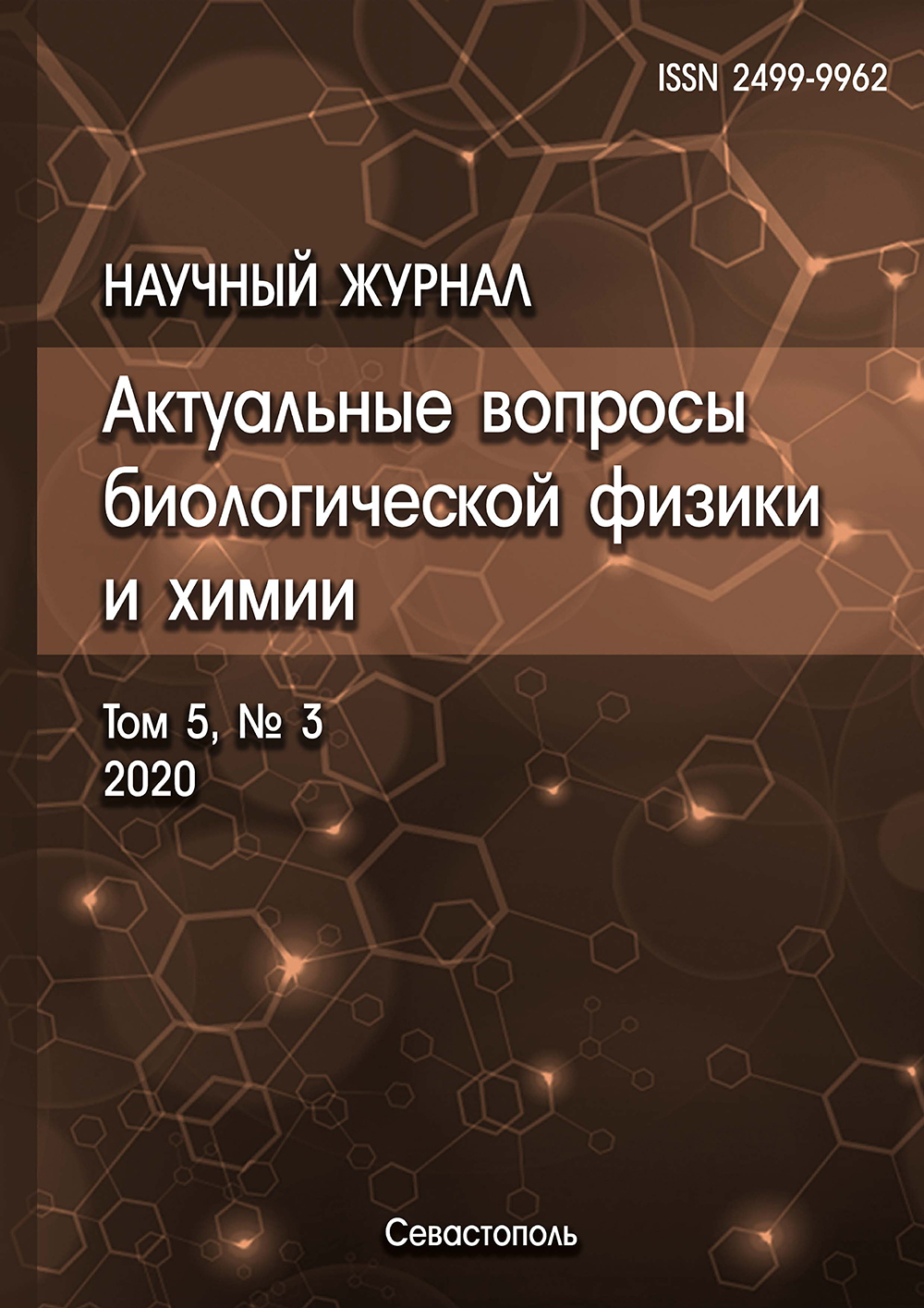The intermolecular interaction of protein structures with working solution salts used to produce silver sulfide nanoparticles by biosynthesis using gram-positive bacteria Bacillus subtilis 168 is studied using quantum chemical molecular modeling methods. One of bacterial synthesis defining components is the flagellin protein, which can self-organize into hollow cylindrical structures and, as shown by experimental studies, is the only protein adsorbed on resulting nanoparticles surface during synthesis based on Bacillus subtilis 168 . The studied objects were AgNO3 and Na2S2O3 salts involved in the synthesis process, and non-standard amino acid methyllysin as a part of flagellin. The study of complexation was based on molecular structures and IR spectra calculation using the Density Functional Theory (DFT) methods with B3LYP functional and base set 6-31G (d) by the Gaussian 09 software package and on analysis of formed hydrogen bonds parameters. During the simulation, it was found that methyllysin forms fairly stable molecular complexes with silver nitrate AgNO3 and sodium thiosulfate Na2S2O3. This makes it possible to talk about the significant role of methyllysin in silver sulfide nanoparticles formation and clarifies the mechanism of its functioning as a part of flagellin.
flagellin, methyllysin, silver sulfide nanoparticles, molecular modeling, complex formation, hydrogen bond, density functional theory (DFT)
1. Voeykova T.A., Shebanova A.S., Ivanov Yu.D., Kaysheva A.L., Novikova L.M., Zhuravleva O.A., Shumyanceva V.V., Shaytan K.V., Kirpichnikov M.P., Debabov V.G. Rol' belkov vneshney membrany bakteriy Shewanella oneidensis MR-1 v obrazovanii i stabilizacii nanochasticy sul'fida serebra. Biotehnologiya, 2015, № 5 s. 41-48. EDN: https://elibrary.ru/VLDZXV
2. Voeykova T.A., Zhuravleva O.A., Bulushova N.V., Veyko V.P., Ismagulova T.T., Lupanova T.N., Shaytan K.V., Debabov V.G. «Belkovaya korona» nanochastic sul'fida serebra, poluchennyh v prisutstvii gramotricatel'nyh i grampolozhitel'nyh bakteriy. Molekulyarnaya genetika, mikrobiologiya i virusologiya, 2017, t. 35 (4), s. 151-156. DOI:https://doi.org/10.18821/0208-0613-2017-35-4-151-156. EDN: https://elibrary.ru/YURMBS
3. Gromov B.V. Stroenie bakteriy. L.: Izdatel'stvo LGU, 1985, 192 s.
4. Delange R.J., Chang J.Y., Shaper J.H., Glaser A.N. Amino Acid Sequence of Flagellin of Bacilhs subtilis 168. Journal of Biological Chemistry, 1976, vol. 251, no. 3, pp. 705-711.
5. Lenindzher A. Osnovy biohimii: v 3-h t. T.1. Per. s angl. M.: Mir, 1985, 367 s.
6. Metlina A.L. Zhgutiki prokariot kak sistema biologicheskoy podvizhnosti. Uspehi biologicheskoy himii, 2001, t. 41, s. 229-282.
7. Plastun I.L., Bokarev A.N., Zakharov A.A., Naumov A.A. Supramolecular interaction of modificated nanodiamonds, biomolecules and drugs: molecular modeling. Fullerenes, Nanotubes and Carbon Nanostructures, 2020, vol. 28, iss. 3, pp. 183-190. DOI:https://doi.org/10.1080/1536383X.2019.1686618. EDN: https://elibrary.ru/RRQSMY
8. Kon V. Elektronnaya struktura veschestva - volnovye funkcii i funkcionaly plotnosti. Uspehi fizicheskih nauk, 2002, t. 172, № 3. s. 336-348. @@Kohn W. Nobel Lecture: Electronic structure of matter - wave functions and density functionals. Reviews of Modern Physics, 1999, vol. 71, no. 5, pp. 1253-1266.
9. Popl Dzh.A. Kvantovo-himicheskie modeli. Uspehi fizicheskih nauk, 2002, t. 172, № 3, c. 349-356. @@Pople J. Nobel Lecture: Quantum chemical models. Reviews of Modern Physics, 1999, vol. 71, no. 5, pp. 1267-1274.
10. Frisch M.J., Trucks G.W., Cheeseman J.R., Scalmani G., Caricato M., Hratchian H.P., Li X., Barone V., Bloino J., Zheng G. et al. Gaussian 09, Revision A.02. Wallingford CT: Gaussian Inc., 2009.
11. Babkov L.M., Puchkovskaya G.A., Makarenko S.P., Gavrilko T.A. IK spektroskopiya molekulyarnyh kristallov s vodorodnymi svyazyami. Kiev: Naukova dumka, 1989, 160 s.
12. Vodorodnaya svyaz', pod red. Sokolova N.D. M.: Nauka, 1981, 196 s.










